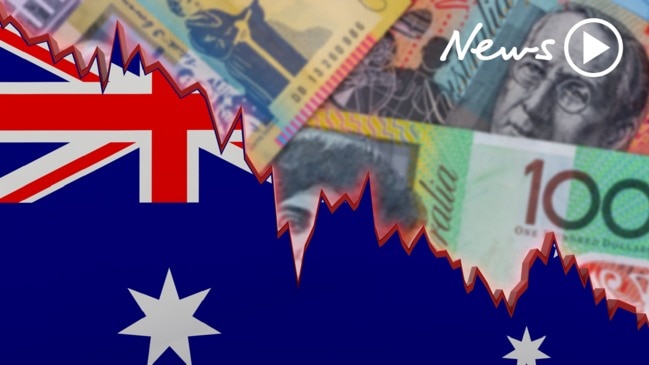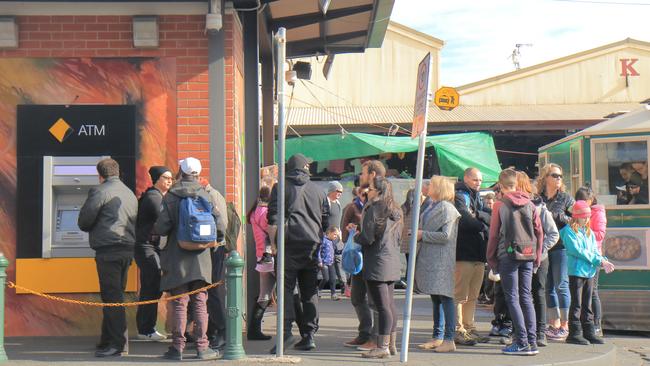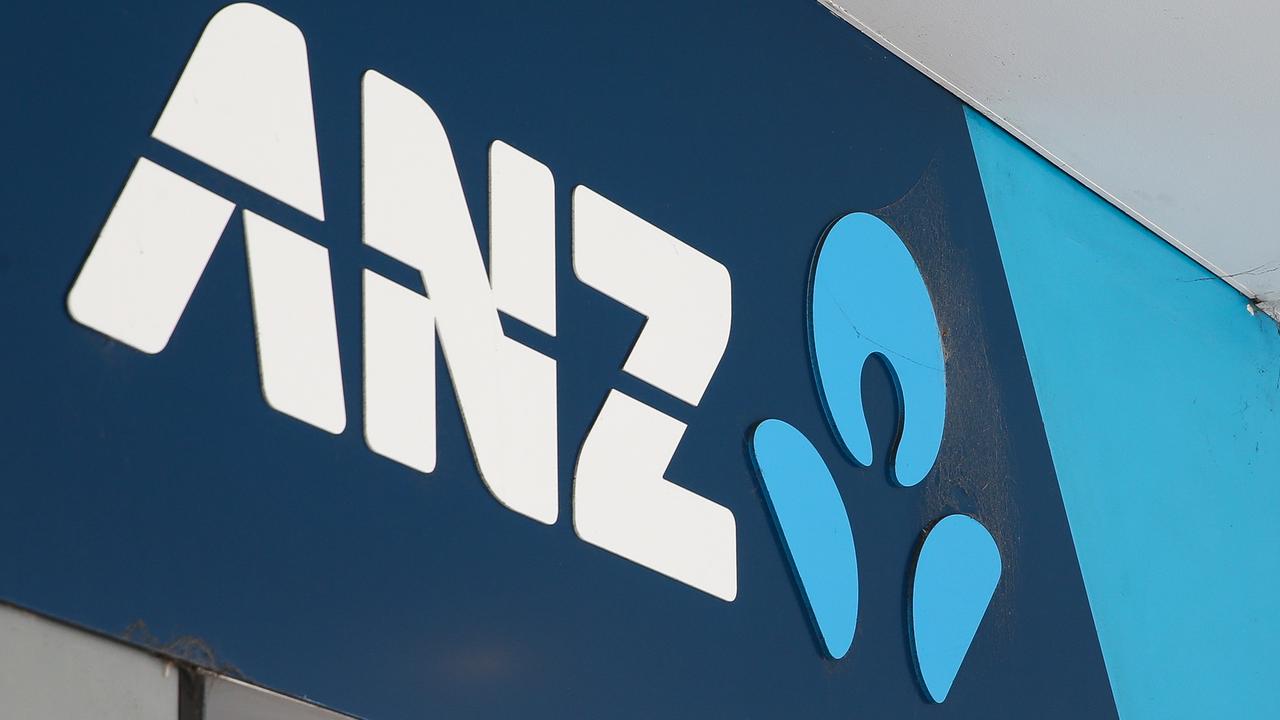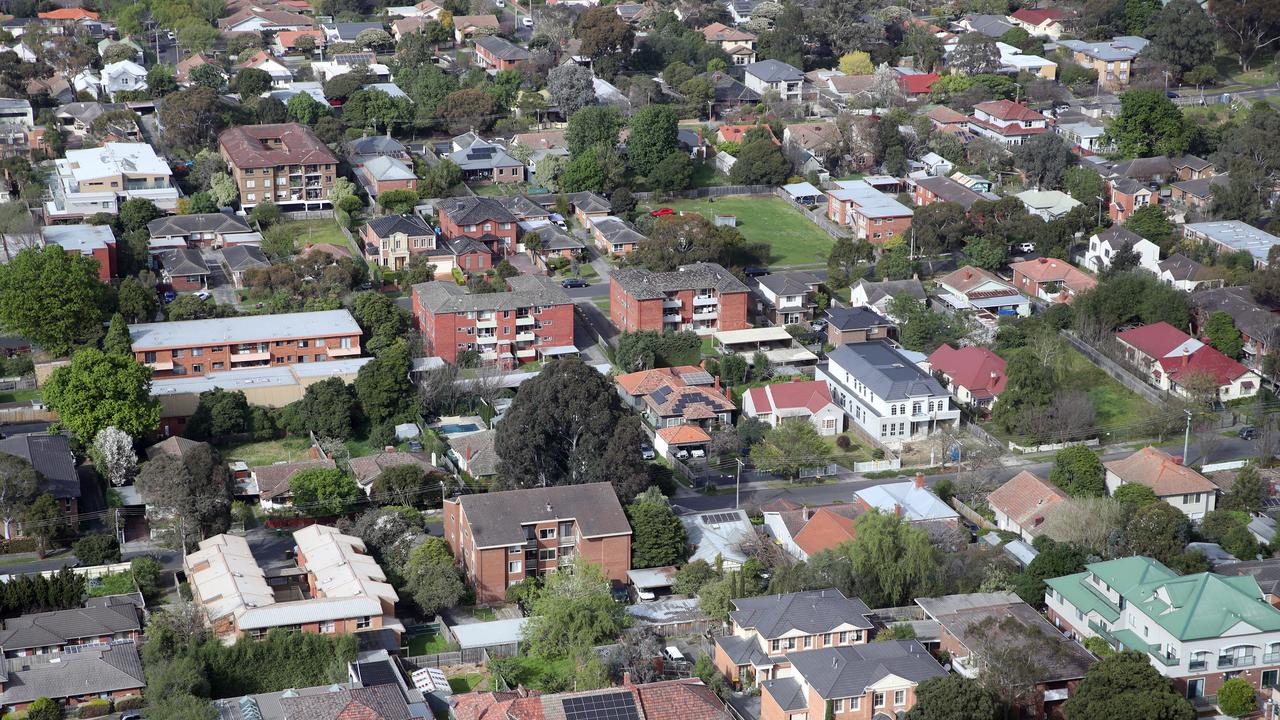RBA faces tough rates call as election looms
A big decision will be announced tomorrow, and it’s one that could have a major bearing on what happens in the federal election.

Interest Rates
Don't miss out on the headlines from Interest Rates. Followed categories will be added to My News.
Interest rate cuts are coming — but probably not this week.
Expectations that the Reserve Bank will cut the official cash rate for the first time in 32 months at its May meeting tomorrow appear to be waning, despite the odds of a move being at their highest point in years.
Financial markets last week indicated a 48 per cent chance of a cut tomorrow off the back of low inflation and weaker-than-expected economic growth numbers.
Today, traders were betting on a 37 per cent chance of a rate cut.
“I think it’s going to be a hold by a whisker,” Saxo Bank markets strategist Eleanor Creagh said. “We don’t have quite enough to tip them over the edge just yet. They’re probably going to wait until after the election when the political uncertainty has subsided.”
Weighing against persistently low inflation, which has undershot the RBA’s target band of 2-3 per cent for four years, is a reasonably robust labour market with unemployment low at 5 per cent.
More importantly, the RBA has only twice before intervened in an election by changing the cash rate — up in November 2007 and down in August 2013 — and both times the government of the day was booted out.
Given that history, it’s a decision that could have a big bearing on whether or not Scott Morrison can hang on to government, given the economy is central to its campaign pitch.
Both of those times were under former RBA governor Glenn Stevens, as was the most recent move in August 2016 when the cash rate was cut to its current record low of 1.5 per cent, following a similarly low inflation reading.
The big question is whether governor Philip Lowe will follow in his predecessor’s footsteps, after sitting on his hands for more than two-and-a-half years hoping inflation would begin to tick upwards.
An interest-rate cut just 11 days out from the federal election would severely undermine the Coalition’s core message that the Australian economy is doing well under its management.
Deloitte Access Economics partner Chris Richardson said his view was that there would be “most likely no change”.
“As important as inflation is, it’s ultimately a means to an end of a healthy economy, and the Australian economy might have slowed but it’s still sufficiently healthy that it doesn’t need additional assistance of the RBA,” he said.
Mr Richardson said the RBA would “swear on a stack of Bibles” that it would never take politics into account in making a cash rate decision.
“But other things being equal, unless the reasons are particularly compelling, they’re not going to go out of their way to do something in an election period, so if a decision were a line ball you’d expect it to go on the other side of the line,” he said.
Ms Creagh said comparisons to the last rate cut in 2016 under Governor Stevens in the wake of another “big inflation miss” were off the mark.
“Governor Stevens was a very different man at the helm of the RBA, very different in his policy approach to Governor Lowe,” she said.
“Also they were sitting on an easing bias at that point and were coming off the back of previous rate cuts — it’s a different scenario.”

Ms Creagh notes it would be “somewhat controversial for them to cut rates with less than two weeks until the federal election”.
“Especially since they have been so stubbornly optimistic and so reluctant to even adopt an easing bias,” she sad.
“In their most recent statements they’ve stated quite clearly that unemployment needs to be higher (to justify a cut). If you take that together, the weak CPI (consumer price index) is not quite enough.”
A survey of 40 economists and experts by comparison website Finder.com.au found one quarter predicted a cut. Among the other 75 per cent, the key reason cited was the election.
“Economists are saying a cut in an election month is unlikely because it might be seen as politicised, which is a bit strange because, if they make the decision not to, that could also be seen as a political one,” Finder.com.au insights manager Graham Cooke said.
Asked how much unemployment would have to increase for the RBA to cut interest rates, economists on average said 1.5 per cent.
Regardless of what happens tomorrow, nearly all economists believe there will be at least two rate cuts this year, with the first most likely in June.
Last time there was a cut, only three out of the big four passed on the benefit to customers in lower mortgage rates, but some waited for up to 20 days.
“Banks aren’t obliged to pass on the whole cut,” Mr Cooke said.
At an election debate at the National Press Club in Canberra today, Treasurer Josh Frydenberg and shadow treasurer Chris Bowen were asked what the possibility of a rate cut said about the state of the economy.
“These monetary policy decisions are for the RBA. I wouldn’t think to pre-empt these decisions in any way other than to say the fundamentals of the Australian economy are sound,” Mr Frydenberg said.
“We’re growing at 2.3 per cent, faster than any G7 nation except the US. But we are facing some headwinds, that’s why this is not a time to risk the Labor Party who can’t manage money.”
Mr Bowen said the fact the RBA was contemplating further rate cuts when interest rates were at “emergency levels” showed there was a “real concern about the economy under this government’s watch”.
“Growth is slowing, wages growth is anaemic, consumption growth is the slowest rate in six years,” he said. “It shows there are real problems in the economy, and the government’s claims of being better economic managers are in tatters.”
It came as Westpac chief executive Brian Hartzer said boosting business confidence would be a better salve for the economy than a cut to the cash rate.
Westpac economists expect two rate cuts this calendar year, but Mr Harzter told analysts on Monday the best way to boost consumption and the overall economy would be to lift business investment and help increase wages.
Speaking after the bank unveiled a 22 per cent fall in first-half profit, Mr Hartzer said business-friendly policy and tax settings were crucial for economic growth.
“It’s true economic conditions in Australia are softening … (but) to be clear though, interest rates are not the problem,” Mr Hartzer said. “The question we should be asking is ‘how to get businesses to invest and employ more people?’”
— with AAP
Originally published as RBA faces tough rates call as election looms



